
Lipoma in Dogs is a tumor, usually benign, made up of soft fatty tissue or fat cells located under the skin on all parts of the body but most commonly found in the abdomen and chest area. Lipomas are slow growing and will vary in size and shape depending on location, age and breed of dog.
No breed is immune to lipoma in dogs, although they are more likely to be found in older canines particularly females. And be aware they may develop in more than one location on your pet's body. In extreme cases if left untreated they will join up to form one unsightly and very uncomfortable lump. They are usually oval in shape. These are the most common form of lipoma in dogs.
The other type to look out for is Infiltrative Lipoma in dogs. This type of tumor can be more aggressive, very invasive and not so defined. They develop in between layers of muscle and deeper tissue and grow by slowly expanding between the muscle tissues which may become painful for your pet.
Things to look for:
1. Your dog licking a particular spot especially on the under carriage area
2. Small lumps or bumps forming under the skin (Oval in shape)
What happens next
1.Visit your veterinarian who will then do one or more of the following tests;
2. Aspirate. A fine syringe needle will be inserted into the lump to take a sample of the cell mass which will be examined under a microscope to ascertain if it is lipoma in dogs. This does not usually require sedation and is not painful to your dog.
3. Biopsy. If the aspiration did not conclusively confirm lipoma then a biopsy, a small sample of tissue, will be taken. If the lump is very small the vet may remove the entire mass as the biopsy. Sedation with a local or general anaesthetic is usually required for biopsies.
Treating Lipoma In Dogs
1. If the lipoma is small and slow growing all you may have to do is observe it for any changes over a period of time. If no changes occur then no further treatment will be necessary.
2. Should the lipoma have grown rapidly then surgery to have the mass removed will probably be recommended to avoid any discomfort or mobility issues in the future.
3. In the case of infiltrative lipomas in dogs a more aggressive wider surgical procedure will be needed to remove as much of the tumor as possible. It is not always possible to remove all the tumor cells without affecting muscle movement. But the remaining cells will usually be very slow to return so this may be all the treatment necessary.
4. Radiation Therapy is an option if the lipoma was not able to be fully removed
Life after surgery
Observe your pet closely whilst recovering from the lipoma in dogs surgery. Just to ensure they do not lick or try to remove the dressing or drainage tubes etc. The stiches are usually removed after 7 - 10 days.
Keep an eye on your loyal companion for any changes to the area previously affected and any further growths that may develop over time. Have them checked by your vet on a regular basis.
Unfortunately there is no way to prevent the re-occurrence of lipoma in dogs, it is important you avoid a lipoma becoming so large that they cannot be removed or they affect movement of limbs and quality of life.
For further useful information relating to the treatment of lipoma in dogs, click this link: www.cancertreatmentfordogs.com Here you will find all you need to know about cancer treatments for dogs and the best methods to ensure you and your companion have a long and happy life together.
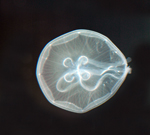 Jellyfish as Pets
A Jellyfish is a soft-shelled marine creature with a body l
Jellyfish as Pets
A Jellyfish is a soft-shelled marine creature with a body l
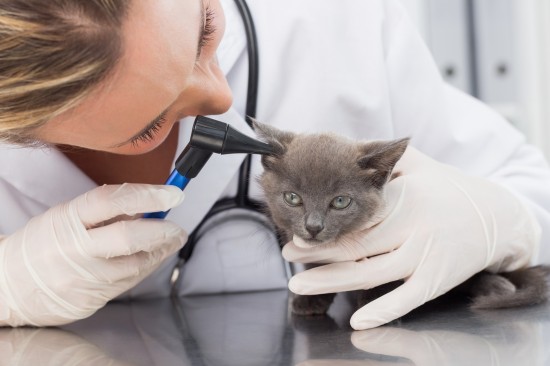 Top Tips For Treating Ear Infections In Dogs And Cats
Top Tips For Trea
Top Tips For Treating Ear Infections In Dogs And Cats
Top Tips For Trea
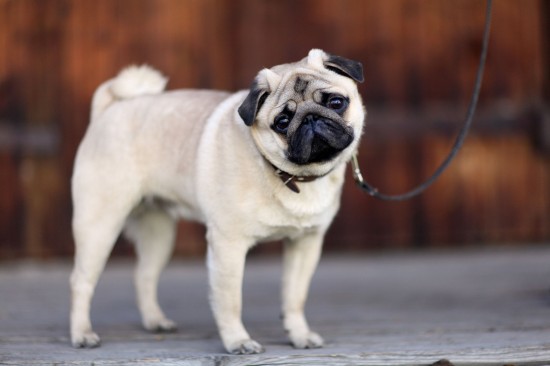 Petechiae In Dogs, And What This Indicates
Petechiae In Dogs
Petechiae In Dogs, And What This Indicates
Petechiae In Dogs
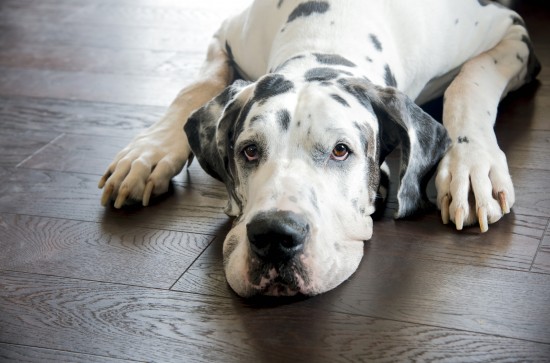 Identifying Higher Risk Factors For Bloat And Gdv In Dogs
Identifying Highe
Identifying Higher Risk Factors For Bloat And Gdv In Dogs
Identifying Highe
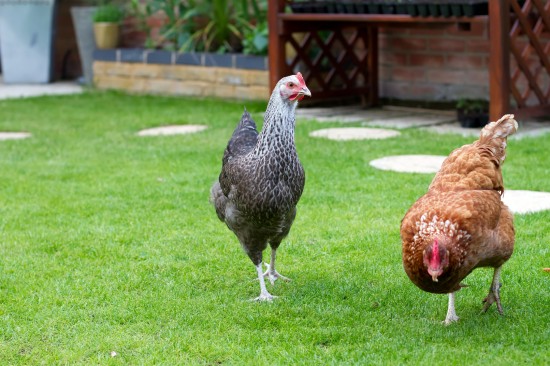 Top Tips For First-time Chicken Owners
Top Tips For Firs
Top Tips For First-time Chicken Owners
Top Tips For Firs
Copyright © 2005-2016 Pet Information All Rights Reserved
Contact us: www162date@outlook.com